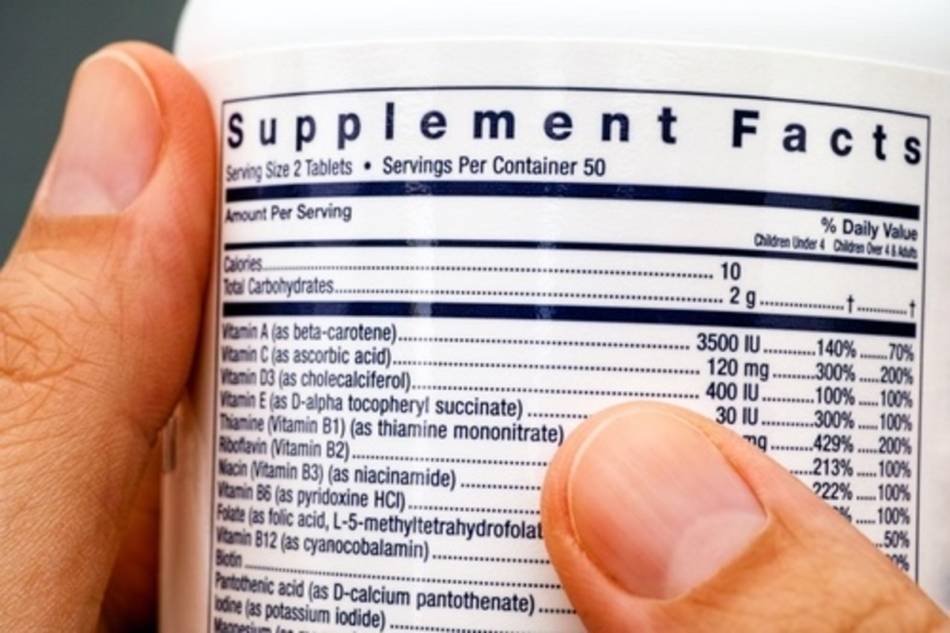
Answer:
Yes and no. The most current DVs (Daily Values), updated by the FDA in 2016, do accurately reflect the basic daily intake requirements for vitamins and minerals. However, companies are not required to use the updated DVs on product labels until at least 2020. In the meantime, many vitamin and supplement labels will be misleading — providing "%DV" values based on terribly out-dated DVs establish in the 1960s. The new DVs include separate values for infants, very young children, and women who are pregnant and lactating.
Some important changes in 2016 to the DVs for most adults and children over age 4 include the following. (Keep in mind that your supplement label is most likely still based on old DVs):
- Vitamin D: The DV doubled, from 400 IU (10 mcg) to 800 IU (20 mcg). (Note: Many people who are not deficient in vitamin D may already be taking too much.) Labels will also have to list vitamin D in different units (mcg), but can include the familiar IU (international units) values (1 mcg = 40 IU).
- Folate: Recognizing that about 70% more folate is absorbed from supplements containing folic acid (synthetic folate) than from foods naturally containing folate, the DV (which remains at 400 mcg) is now based on "dietary folate equivalents," shown as "DFE". A supplement with 400 mcg of folic acid is to be labeled as providing 170% DV rather than 100% DV.
- Vitamin B-12: The DV decreased from 6 mcg to 2.5 mcg
- Biotin: The DV decreased from 300 mcg to 30 mcg
- Niacin: The DV decreased from 20 mg to 16 mg
- Chromium: The DV decreased from 120 mcg to 35 mcg
- Vitamin C: The DV increased from 60 mg to 90 mg.
- A DV for choline has been established the first time, at 550 mg.
For more about these changes, see "ConsumerLab.com Helps Consumers Make Sense of the FDA's Updated Daily Values (DV) for Vitamins and Minerals."
ConsumerLab.com lists the new DVs (as well as RDAs and Tolerable Upper Intake Levels (ULs)) for each vitamin and mineral at www.consumerlab.com/rdas/.
You'll find further information about each nutrient within our Product Reviews, including our tests, reviews, ratings, and comparisons of products.
Join today to unlock all member benefits including full access to all CL Answers and over 1,400 reviews.
Join NowAlready a member? Sign In Here.
Join now at www.consumerlab.com/join/

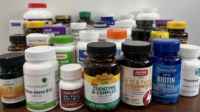
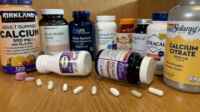


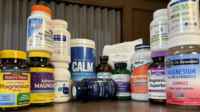


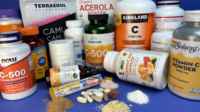
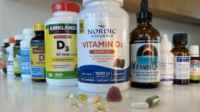
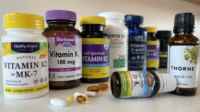









Submit your comment
This feature is restricted to active members.
Join now to add comments and get all member benefits, including over 1,400 reviews.
Join NowAlready a member? Sign in here.